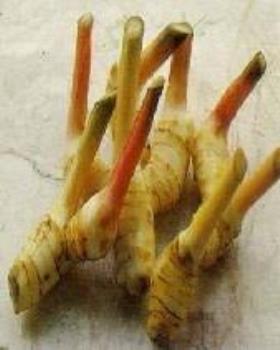
Alpinia galangal / ﺧﻮﻟﻨﺠﺎن
Languas galanga Stuntz, Maranta galanga L.,A.galanga willd
Adkham, Galangal, Kulnjan, Kholongan, Gorengal
Galanga, Galengale, Big Galangal, Galangal Major, galangal Grande ,Galangat ,Greater Galangal, Siamese-ginger, garengal
Golongan, Kholongan
Zingiberaccae

Rhizome
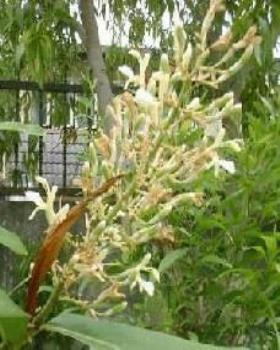
Flowers
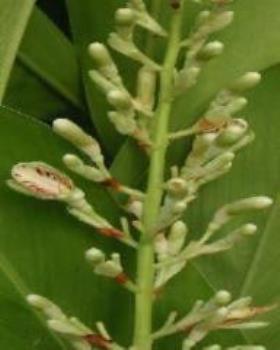
Flowers buds
Ethnobotanical Characteristics
Description
Tender perennial herb, aromatic, up to 2.5m high with 1.0m spread; with thick fragrant tuberous rootstocks, resembling the scent of ginger, from which the new shoots sprout in the spring. Leaves linear- lanceolate, alternating, produced on reedy stems with fringed borders 15-25x3-6 cm ; white sheath, long ligule rounded . Inflorescence racemose, tubular flowers bisexual, produced in pendulous panicles on a separate leafless peduncle, with large ovate white bracts, perianth tremors , one stamen and three carpels, red in color with whitish pink or yellow labellum, The fruits are red berries; seeds obtusely angular and aromatic.
Habitat& Distribution
Tropical plant from South East Asia, India, China and now widely distributed in the tropical and subtropical regions of the world; more recently it is cultivated in US, India and South East Asia.
Part(s) Used
Rhizomes
Traditional & Medicinal Uses
Galangal was known to the ancient Indians, and has been in the West since the Middle ages. Its stimulant and tonic properties are recognized by the Arabs who ginger up their horses with it, and by the Tartars, who take it in tea. In the East, it is taken powdered as a snuff, and is used in perfumery. The rhizome is pungent, carminative, stimulant, appetizer, aphrodisiac, cardiotonic. Rhizomes and seeds used against rheumatism, bronchial catarrh, bad breath, and ulcers, whooping colds in children, throat infections, to control incontinence of urine, remedy for fever , dyspepsia, sexual impotency, diabetes; rhizome paste for skin problems and acnes, used in manufacturing as a fermenting agent . It is widely used in many countries as a food flavoring and a spice.
Pharmacognosy and Phytochemistry
Parts Studied
Rhizomes
Microscopical Description
Transverse section of the rhizome shows the epidermal cells which are covered by a thick smooth cuticle. The cells are anticlinal with straight moderately thick almost beaded cell walls. The outer cortex consists of two or three layers of more or less collapsed small cells that contain pigments. The inner cortex consists of large rounded to oval parenchymatous cells with various sizes. The majority of cells are densely starch-filled and the grains are club-shaped slightly curved somewhat flattened and the smaller grains are ovoid or rounded. Interspersed throughout the cortex are numerous cells partially or completely filled with dark reddish-brown amorphous masses. Few cells contain pale yellowish volatile oil. Vascular bundles exist throughout the cortex and they contain angular-shaped vessels that are reticulately and spirally thickened. The endodermis consists of small uniform parenchymatous starch free cells and the cells of the pericycle are small and collapsed (Anonymous1996; Bisset 2001).
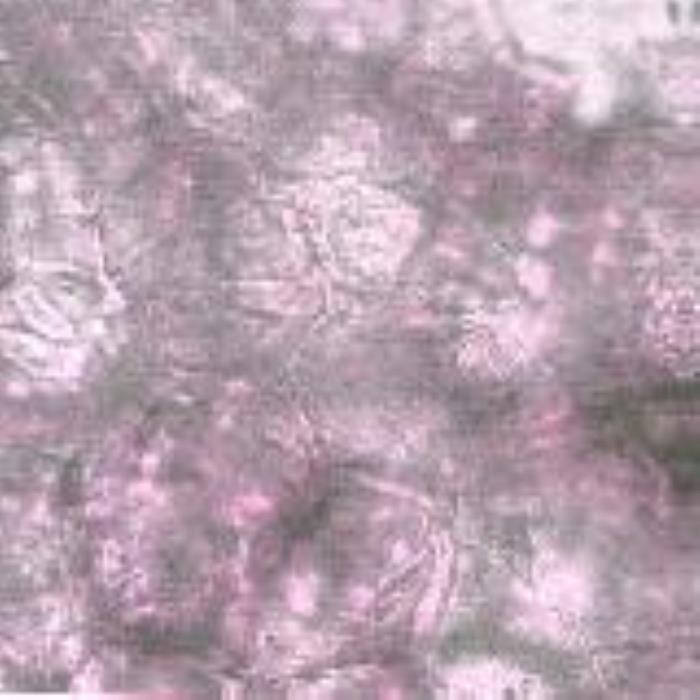
a) Outer cortical cells
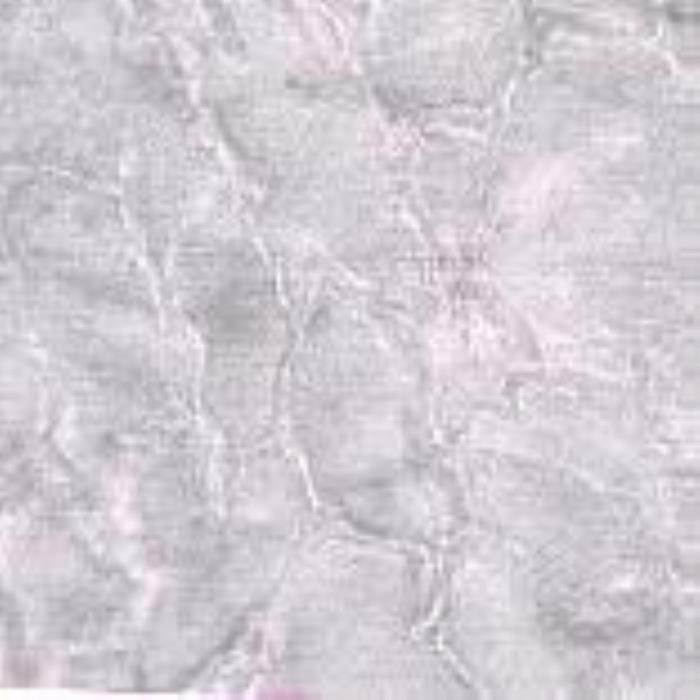
b) Inner cortical cells
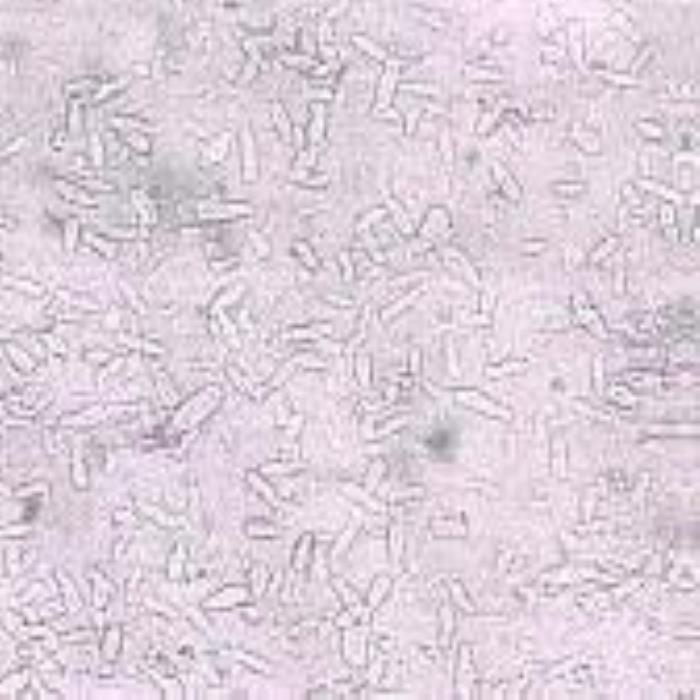
c) Starch grains
a) Cells of the outer layers of the cortex in sectional view almost completely filled with reddish-brown amorphous masses and also oval starch grains.
b) A surface view of a portion of the inner cortical cells with their contents of pigment and their slightly wavy cell walls.
c) Numerous free starch grains of the rhizome with their ovoid or club shapes and central parts that appear as broad lines (Magnifications: x 400, x 400 and x 100 respectively).
Organoleptic characteristics
Appearance: Solid powder
Colour: Light brown
Odour: Aromatic
Taste: Acrid
Physicochemical constants
Loss in weight on drying at 105°c (%) : 11.00
Solubilities (%)
Alcohol solubility: 0.40
Water solubility: 8.40
10% ethanolic extractive: 27.50
Ash values (%)
Total ash: 4.4
Water soluble ash: 1.60
Acid-insoluble: 2.60
Successive extractive (%)
Petroleum ether (60-80°c): 0.30
Chloroform: 0.80
Absolute alcohol: 0.90
Distilled water: 7.50
pH values
pH of 1%: 4.95-4.97
pH of 10%: 4.72-4.76
The above results are under process of publication (DPS, ZCHRTM unpublished results).
Chemical constituents
Volatile oil, chiefly sesquiterpene, hydrocarbons, sesquiterpene alcohols, gingerole, starch, tannins flavonoids like galangin (PDR,1998; DPS, ZCHRTM unpublished results).
Pharmacological and Toxicological studies
The effects of acetoxychavicol acetate and related phenylpropanoids isolated from the rhizomes of Alpinia galanga on ethanol-induced gastric lesions in rats were examined. The compound markedly inhibited the ethanol-induced gastric mucosal lesions (Matsuda et. al., 2003).
The plant extract produces fall in blood glucose levels in normal rabbits (Akhter et. al., 2002).
The efficacy and safety of a standardized and highly concentrated extract of Alpinia galanga in patients with osteoarthritis of the knee were studied. The purified and standardized extract had a statistically significant effect on reducing symptoms of osteoarthritis of the knee (Altman et. al., 2001).
Alcoholic extract of the rhizomes of Alpinia galanga showed moderate in vitro anthelmintic activity (Raj et. al., 1975).
The two bis-labdanic diterpenoids isolated from Alpinia galanga showed cytotoxic activity against human KB cells in vitro (Kong et. al., 2002).
The pharmacological and toxicological studies carried out in our laboratory and the results in brief, on Alpinia galanga (10% ethanolic extract) have been given below.
The results presented without references showed unpublished data (ZCHRTM, DBMS unpublished results).
| ACTIVITY | RESULTS |
| Antinociceptive activity-Formaline induced | Produced no analgesic activity |
| Sexual studies-Copulatory activity | Increased sexual stimulant activity (Islam et. al., 2001) |
| Sexual studies-ICP | Increased intracavernous pressure showing erectile activity (Islam et. al., 2001) |
| Testosterone quantification | Increased testosterone levels (Islam et. al., 2001) |
| Vasorelaxant activity-Isolated aortic strip | No relaxant effect observed in isolated aortic strip |
| Cardiotonic activity & HR-Isolated rat atria | No effect was recorded |
| Effect on GIT smooth muscle- Isolated guinea pig ileum | Produced no effects |
| Effect on GIT smooth muscle- Isolated rat fundus | Caused contraction |
| Gross behavioral studies- Tremor/Twitches | No toxic symptoms observed |
| Gross behavioral studies-Writhing | No toxic symptoms |
| Gross behavioral studies-Diarrhea, Urination | No diarrhea and urination recorded |
| Mortality | No mortality recorded |
| Motor co-ordination (String and Platform test) | Motor coordination not affected |
Summary of the results
Alpinia galanga (10% ethanolic extract) was found to enhance the sexual activity in mice. No severe toxicity was observed in acute toxicity test.
Antimicrobial activity
Antifungal activity, against Candida albicans (Cheah PB, Gan SP. 2000).
References
- Akhtar MS, Khan MA, Malik MT (2002) Hypoglycaemic activity of Alpinia galanga rhizome and its extracts in rabbits. Fitoterapia. 2002 ; 73(7-8): 623-8.
- Altman RD, Marcussen KC., (2001) Effects of a ginger extract on knee pain in patients with osteoarthritis. Arthritis Rheum , 44(11): 2531-8.
- Anonymous, British Herbal Pharmacopoeia, 4th Edn., The British Herbal Medicine Association UK, p. 84, 1996.
- Bisset, N.G and Wichtl, M. (editors), Herbal Drugs and Phytopharmaceuticals, 2nd Edn., , CRC Press, Boca Raton (USA) p. 218, 2001.
- Cheah PB, Gan SP., (2000) Antioxidative/Antimicrobial effects of galangal and alpha-tocopherol in minced beef. J Food Prot. 63(3): 404-7.
- Department of Biomedical Sciences, Zyed Complex for Herbal Research and Traditional Medicine, Unpublished results.
- Islam, M.W., Radhakrishnan, R, Liu, X.M., Chen, H.B., Al-Naji, M.A.:Effect of 10% ethanolic extract of Alpinia galanga on the sexual activity in experimental animals. International Congress and 49th Annual Meeting of the Society for Medicinal Plant Research (Gesellschaft for Arzneipfianzenforschung), September 2-6, 2001, Erlangen, Germany
- Kong LY, Qin MJ, Niwa M., (2002) New cytotoxic bis-labdanic diterpenoids from Alpinia calcarata. Planta Med. 68(9): 813-7.
- Matsuda H, Pongpiriyadacha Y, Morikawa T, Ochi M, Yoshikawa M., (2003) Gastroprotective effects of phenylpropanoids from the rhizomes of Alpinia galanga in rats: structural requirements and mode of action. Eur J Pharmacol. 13; 471(1): 59-67.
- Warrier,P.K.,& Ramankutty,C(edit.)(1994) Indian Medicinal Plants . (1962) Vol I, Orient Longman, Kottakal, IndiaZhu, M.,Leu,K.T.& Leung,P.L.(2000).Protective effect of a plant formula on ethanol-induced gastric lesions in rats Phyto the. Res.16(3):2531-8.
- ھانئ عرموش الأعشاب في كتاب: الاستخدامات الطبیة- العلاجیة- التجمیلیة- التصنیعیة. ( 1999 ) دارالنفائس، دمشق، سوريا
- جبر، ودیع. معجم النباتات الطبیة. ( 1987 ) دار الجبل –بیروت
